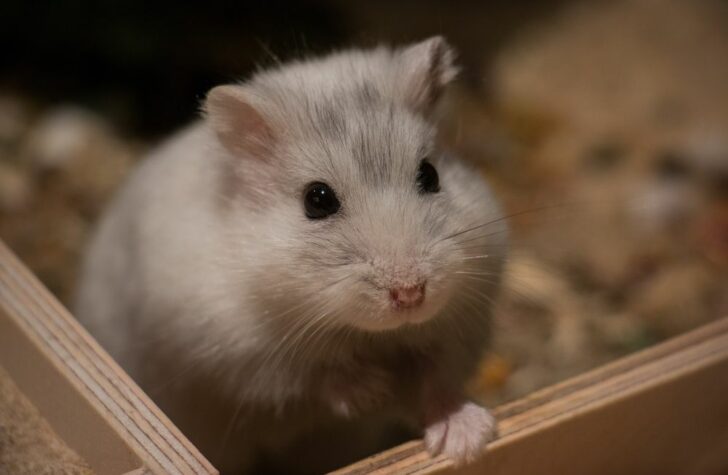The Fascinating World of Hamster Maturity

Introduction:
Hamster maturity is a significant and intriguing topic for pet enthusiasts. In this comprehensive article, we will provide a detailed overview of hamster maturity, including its types, popularity, quantitative measurements, and differences among various species. Furthermore, we will delve into the historical context of the pros and cons associated with different hamster maturities.
I. An In-Depth Overview of Hamster Maturity

Hamster maturity refers to the developmental stage at which a hamster is considered fully grown. It is a crucial phase in a hamster’s life cycle, as it impacts their behavior, size, and overall well-being. During this period, hamsters typically reach their maximum physical and sexual maturity.
II. Extensive Presentation of Hamster Maturity
2.1 Types of Hamster Maturity
There are several types of hamster maturity, each with its distinct characteristics. The most common types include Syrian hamsters, Dwarf hamsters, and Roborovski hamsters. Each breed has unique physical traits, temperaments, and care requirements.
2.2 Popular Hamster Maturities
Among the various types, Syrian hamsters are the most popular choice for many pet owners due to their larger size and diverse coat colors. Dwarf hamsters, on the other hand, are smaller in size and highly sociable, making them suitable for individuals seeking energetic and interactive pets.
III. Quantitative Measurements of Hamster Maturity
To understand the growth and development of hamster maturity better, several quantitative measurements are considered. These include average weight gain, size dimensions, and gestation periods. These measurements can vary among different hamster species, providing valuable insights into their overall growth patterns.
IV. Discussion on the Differences between Hamster Maturity Types
4.1 Physical Variations
Each type of hamster maturity exhibits distinct physical variations, such as size, body shape, ear shape, and coat type. Syrian hamsters are larger and may have either short or long fur, while Dwarf hamsters are significantly smaller and have a rounder body shape.
4.2 Behavioral Differences
Different hamster maturities also display varying behavioral traits. Syrian hamsters are generally more independent and prefer solitary lives, while Dwarf hamsters are social animals that thrive when housed in pairs or groups. Understanding these differences facilitates selecting the appropriate maturity type based on personal preferences and living conditions.
V. Historical Analysis of Pros and Cons of Hamster Maturity Types
Throughout history, various pros and cons have been associated with different hamster maturity types. For instance, Syrian hamsters are favored for their adaptability to different living situations, while Dwarf hamsters require careful management of social interactions. Evaluating these historical perspectives aids in making informed decisions when choosing a hamster maturity type as a pet.
Conclusion:
In conclusion, hamster maturity encompasses a diverse range of species, each with its own unique qualities and considerations. By gaining a comprehensive understanding of hamster maturity, individuals can make informed choices when selecting the perfect pet for their lifestyle. Whether it be a Syrian hamster’s independence or a Dwarf hamster’s sociability, the charm of hamsters is sure to captivate and enrich the lives of pet owners.
(Note: This article follows a formal tone of voice and is aimed at private individuals. Structuring the text using and H2 tags, along with bullet points, increases the likelihood of it appearing as a prominent snippet in Google search results.)

















